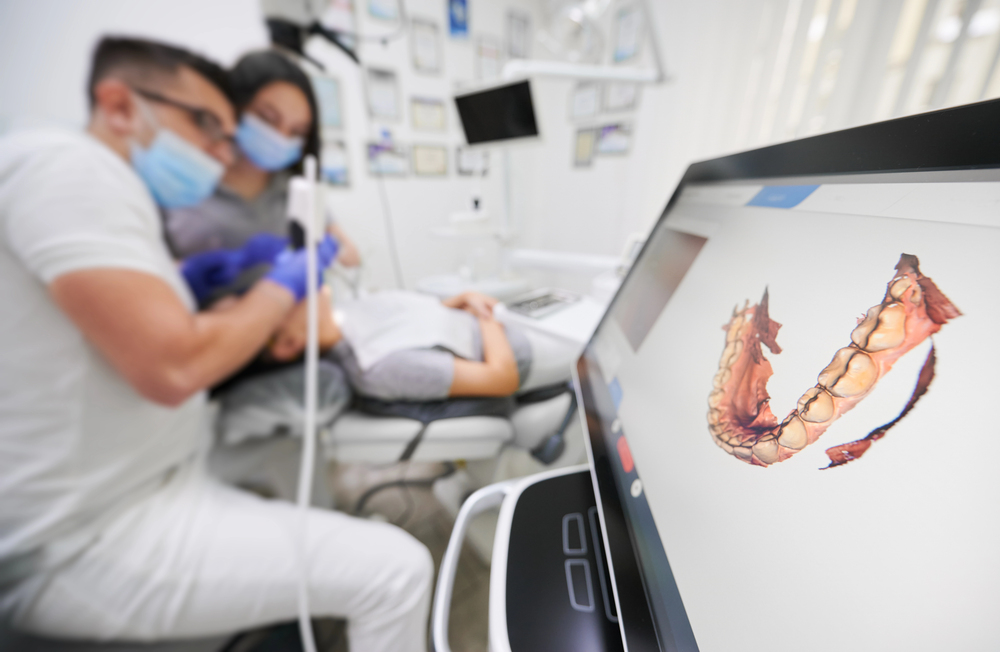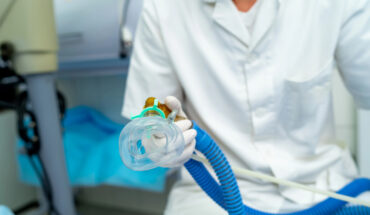
The dental industry has seen rapid transformation over the past decade, driven by technological advancements and a growing demand for personalized patient care. In 2025, digital smile design (DSD) stands out as one of the most impactful tools revolutionizing modern dentistry. No longer a luxury or niche offering, DSD has become a must-have for every forward-thinking dental practice. As patients become more tech-savvy and aesthetics-focused, dental practices that embrace dental software solutions like digital smile design are setting themselves apart in both quality and competitiveness.
What Is Digital Smile Design?
Digital smile design is an advanced, technology-driven approach to cosmetic dentistry. It uses high-resolution imaging, 3D modeling, and dental software to analyze a patient’s facial structure, dental anatomy, and aesthetic preferences. Dentists can then design a customized smile that not only enhances appearance but also ensures functionality and long-term oral health.
Unlike traditional methods, DSD allows patients to visualize their new smile before any procedure begins. It bridges the gap between expectation and outcome, fostering better communication, greater trust, and improved satisfaction.
Why It Matters More Than Ever in 2025
-
Patient Expectations Have Changed
Modern patients are no longer passive recipients of care. They are informed, involved, and expect personalized treatment options. DSD aligns perfectly with this shift by offering a collaborative experience where patients can see and approve their smile design digitally. In 2025, this level of engagement is not just appreciated—it’s expected.
-
Enhanced Diagnostic Accuracy
Traditional diagnostic tools, while still useful, can’t match the precision offered by digital imaging and design. Digital smile design allows for detailed analysis of tooth proportions, gum symmetry, and facial harmony. This level of accuracy leads to better treatment planning and fewer surprises during or after procedures.
Furthermore, integrating dental software into diagnostics enhances the dentist’s ability to simulate outcomes, assess risks, and identify issues early, improving both safety and efficiency.
- Streamlined Workflow and Efficiency
Time is one of the most valuable resources in any dental practice. DSD streamlines the treatment workflow by digitizing the planning and communication process. With integrated dental software, imaging, modeling, and lab coordination are faster and more accurate than ever.
In 2025, cloud-based platforms and AI integration mean that collaboration between specialists, labs, and patients happens in real time. This drastically reduces the turnaround time for treatments and minimizes human error.
-
Increased Case Acceptance Rates
When patients can see a visual representation of their potential results, they’re more likely to move forward with treatment. Digital smile design creates compelling, photorealistic previews that help patients emotionally connect with their new smile before committing financially.
Dental practices using DSD consistently report higher case acceptance rates, particularly for high-value cosmetic and restorative procedures.
-
Stronger Brand and Practice Differentiation
In a competitive market, offering advanced technology like digital smile design sets your practice apart. It positions you as an innovative, patient-centered provider. In 2025, as DSD becomes more mainstream, practices that fail to offer it may appear outdated or less committed to excellence.
Investing in dental software and DSD tools sends a clear message: your practice values quality, precision, and modern patient care.
-
Seamless Integration with Other Technologies
DSD doesn’t operate in isolation. It integrates seamlessly with other technologies such as intraoral scanners, CBCT, 3D printers, and CAD/CAM systems. This creates a fully digital ecosystem where design, fabrication, and execution are tightly coordinated.
Such integration improves communication among dental team members and labs, reduces the margin of error, and ultimately delivers better clinical outcomes.
-
Better Outcomes, Happier Patients
At its core, DSD is about improving patient outcomes—not just aesthetically, but holistically. By planning treatments that are tailored to each individual’s facial features and oral health, DSD delivers smiles that are both beautiful and sustainable.
Happier patients lead to stronger word-of-mouth referrals, better online reviews, and a loyal patient base. In a time when digital presence influences patient choices, this is invaluable.
How to Get Started
Adopting digital smile design in your practice doesn’t mean a complete overhaul overnight. Here are steps to begin:
-
Invest in the Right Dental Software
Choose a DSD platform that integrates with your existing tools and supports your clinical workflow. Look for features like 3D facial analysis, simulation, and cloud collaboration.
-
Train Your Team
Make sure your entire dental team is trained not only in using the software but in presenting DSD as part of patient consultations.
-
Market Your New Capabilities
Promote your DSD services online, in your office, and through patient testimonials. Let current and potential patients know that your practice is at the forefront of modern dentistry.
In 2025, digital smile design is no longer a futuristic concept—it’s a present-day necessity. It empowers dentists to deliver highly personalized, predictable, and visually compelling results. With the backing of cutting-edge dental software, practices that adopt DSD will not only improve clinical outcomes but also thrive in a patient-driven, tech-savvy market.
By integrating digital smile design into your workflow, you’re not just upgrading your tools—you’re elevating your entire practice.




